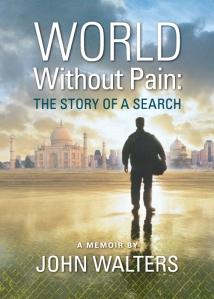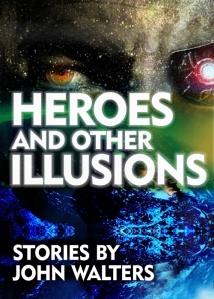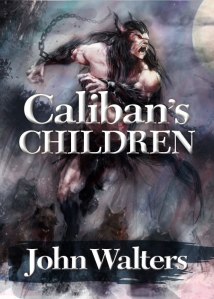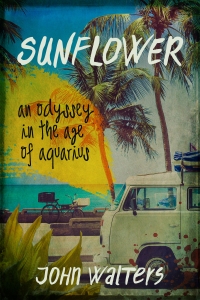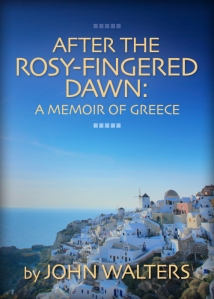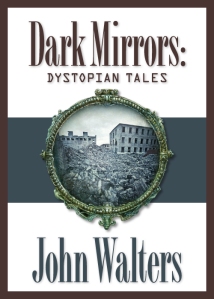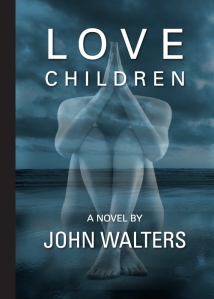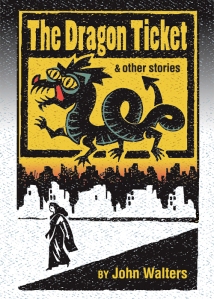Recently I started to read a science fiction novel written back in the seventies. This was an acclaimed novel that had even won awards, and yet somehow I had never got around to it. I thought it would be a slam-dunk, a sure thing. Well, in short, it wasn’t. It started with a prolonged feud between two scientists that reminded me of the ongoing scuffle between the crotchety old guys Farnsworth and Wernstrom in the cartoon series Futurama; it made me want to watch episodes of Futurama instead. Then there was a multiple-chapter description of an alien culture that did nothing to advance the plot – at least in the fifty or so pages of it that I managed to plow through. Finally I gave up. Life is too short. To cleanse my literary palate, so to speak, I picked up Tropic of Capricorn off my shelf.
Discovering Henry Miller back in the 1970s was germinal in my growth as a writer. I first read Tropic of Cancer, followed soon by Tropic of Capricorn. Tropic of Cancer follows Miller’s adventures as a poverty-stricken writer soon after he moved to Paris as an expatriate in the 1930s, while Tropic of Capricorn is a flashback to his life in Brooklyn in the 1920s, before his Paris trip. Both Tropics are notorious for their sexual content; in fact, they were first published in France and were banned for obscenity in the States for decades. It wasn’t until the sixties that the U.S. Supreme Court declared Tropic of Cancer, and by inference Miller’s other works, to be literature.
Tropic of Cancer, Tropic of Capricorn, and the three-volume The Rosy Crucifixion (Sexus, Plexus, and Nexus) are all marketed as novels, while other works of Miller’s such as The Colossus of Maroussi are outright memoirs. The novels all have the same narrative voice, and the protagonist identifies as Henry Miller. Most of them are very blatant in their sexuality, and especially in the Tropics books the narrator frequently launches into extended surrealistic passages, elaborate daydreams and thought exercises that often go on for page after page in a single paragraph. These passages are part of the attraction of Miller’s work, though; when he gets going, few other writers can match him for sheer virtuosity and elegance of language.
It bothered me during this reading, though, that the narrator also occasionally lets loose with misogynistic and racism remarks, while the writer Henry Miller, in biographies, comes across as liberal, free-thinking, magnanimous, and tolerant. There are, I think, two main explanations for this. One is that these books were written back in the thirties and the sensibilities of what was allowed in language were different. The main reason, though, as I mentioned earlier, is that these works are novels. The narrator is a fictional character, not the actual Henry Miller; he is nastier, more foul-mouthed, more insensitive, more bombastic – to the extent of being blown up into a cartoon-like character, and much of the motivation for this is comedic intent. Miller uses the blatant obscenities, the exaggerated descriptions, the seeming disregard for the world and everyone in it, to help take away the pain. It is like a purgative. Spewing out all the filth is part of the process of self-cleansing that all sincere writers go through. In Miller’s case, there was more pain and so more rotten stuff comes out. Tropic of Cancer and Tropic of Capricorn were some of his earliest works, written in the white heat of the discovery of his powers as a writer; works such as The Colossus of Maroussi, which came later, are mellower and contain little or none of the obscenities and insults that mark his earlier books.
I will not recommend Henry Miller’s works to you. I don’t think they’re for everybody; he is an acquired taste. You have to delve in knowing that at some point you are sure to be insulted or have your sensibilities bruised. However, if you have the stomach for it, he is a powerful, poetic writer.


